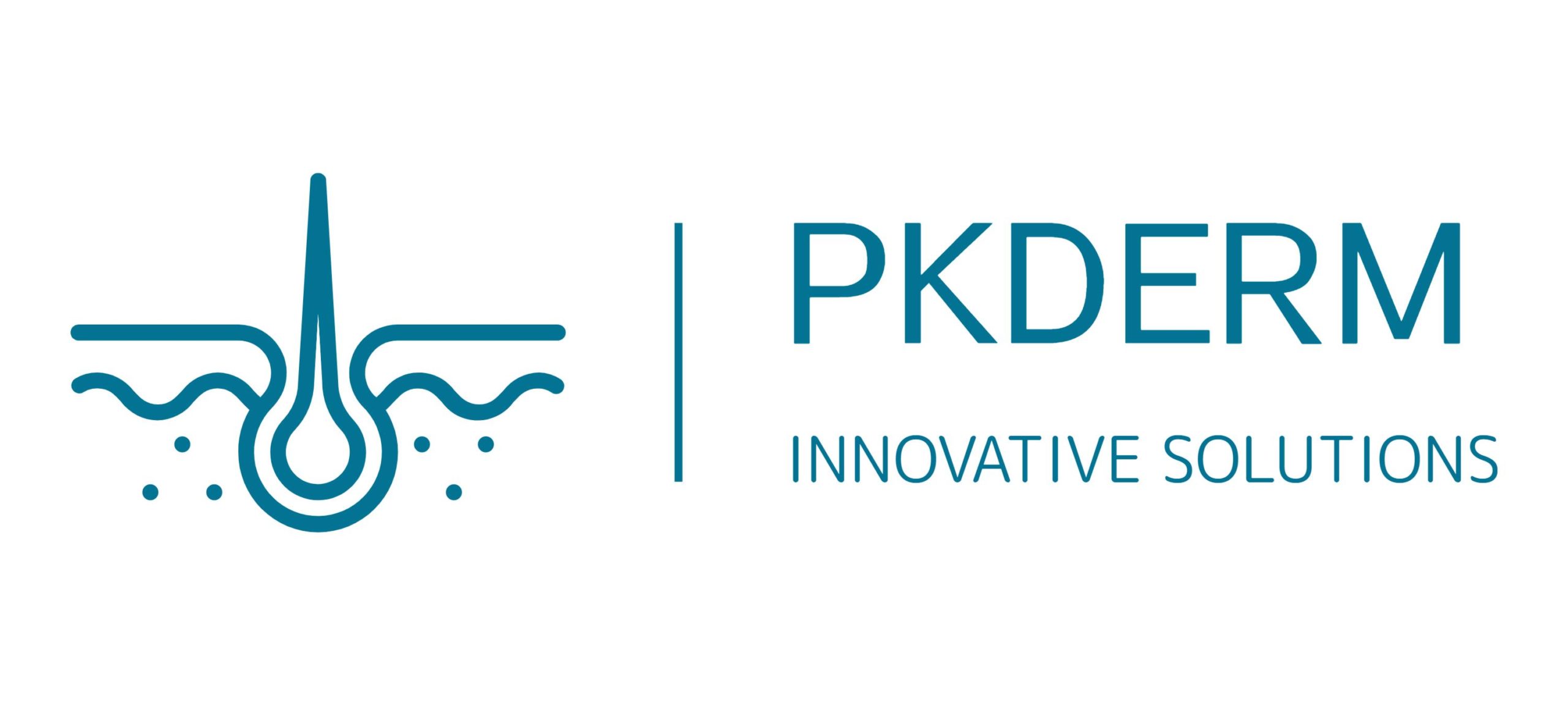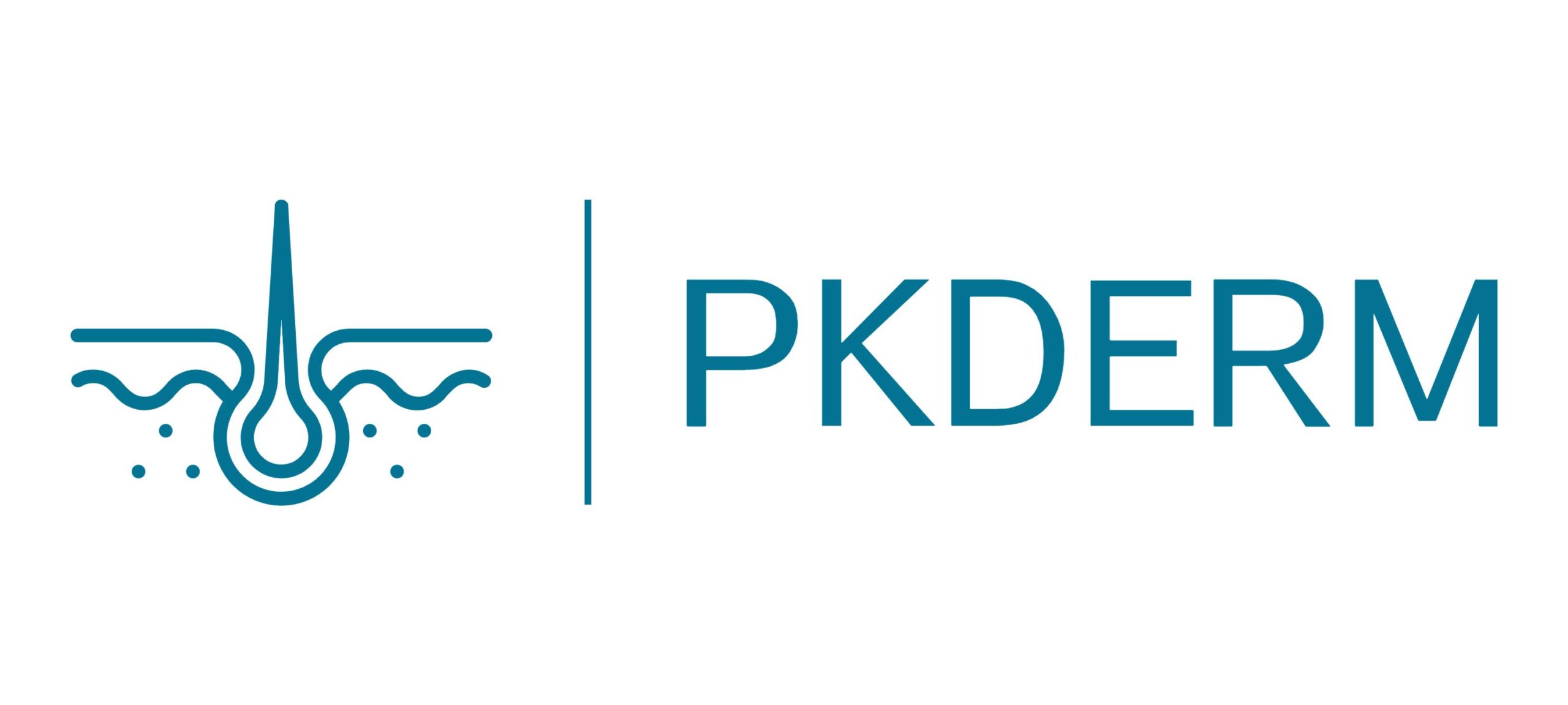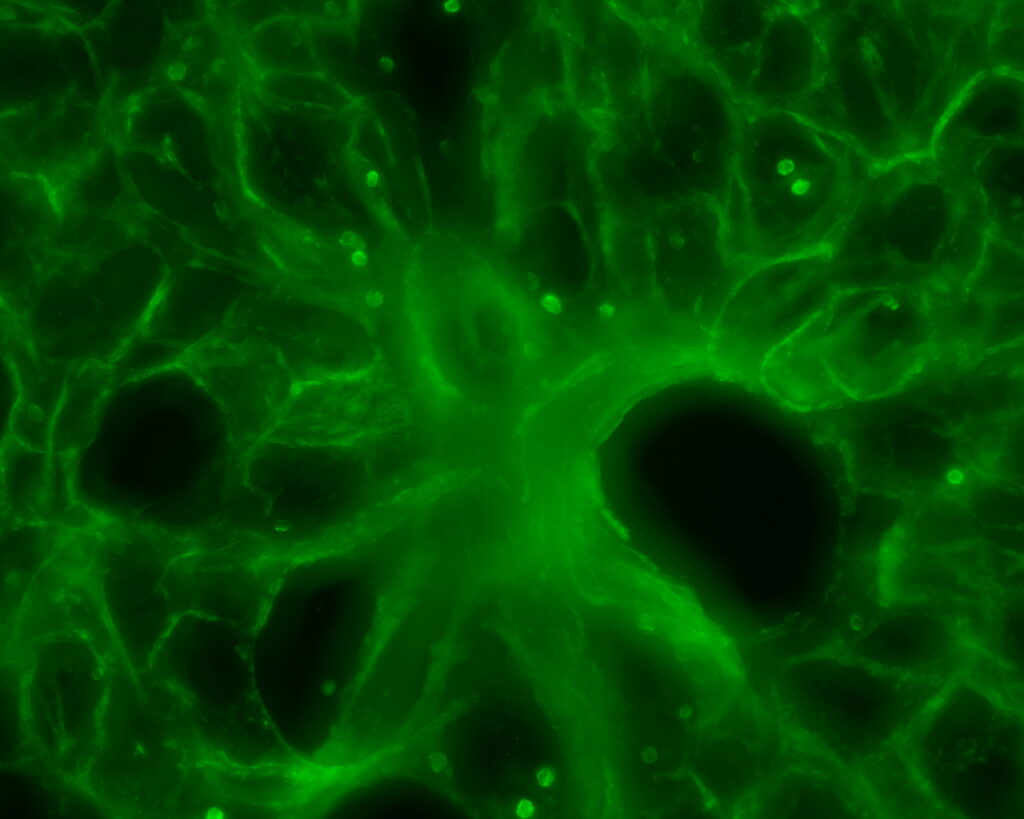Efficacy tests serve a crucial role in examining the impact of active substances on biological systems. They are indispensable for substantiating the effectiveness of these substances, particularly in the context of therapeutic applications, which include both cosmetic products and medicines.
In these in vitro tests, a diverse array of biological models is employed, encompassing cell cultures, reconstructed tissues, and isolated organs (such as skin explants). The effects on these biological models are quantified through a multitude of techniques. This encompasses molecular biology, where gene expression is assessed, as well as biochemical analyses to evaluate enzyme activities and protein production. Additionally, tissue histology combined with various imaging techniques is employed, alongside biophysical assessments like TEER (Transepithelial Electrical Resistance) and TEWL (Trans-Epidermal Water Loss) to validate tissue integrity.
Examples of the efficacy assays expertly conducted at PKDERM encompass a wide range of evaluations, including but not limited to:
- Dermal absorption (IVPT)
- Anti-inflammatory properties
- Wound healing
- Pigmentation properties
- Lung fibrosis (hPCLS)
These tests are integral to comprehending and verifying the effectiveness of active substances, ensuring their suitability for diverse therapeutic applications. Discover the vital role of efficacy tests in evaluating the impact of active substances on biological systems, ranging from skin explants to lung fibrosis models. Explore the diverse techniques used at PKDERM, including molecular biology, biochemical analyses, and biophysical assessments, to quantify effects accurately. PKDERM’s expertise extends to various evaluations, from dermal absorption to anti-inflammatory and wound healing properties, ensuring the suitability of active substances for therapeutic applications.




